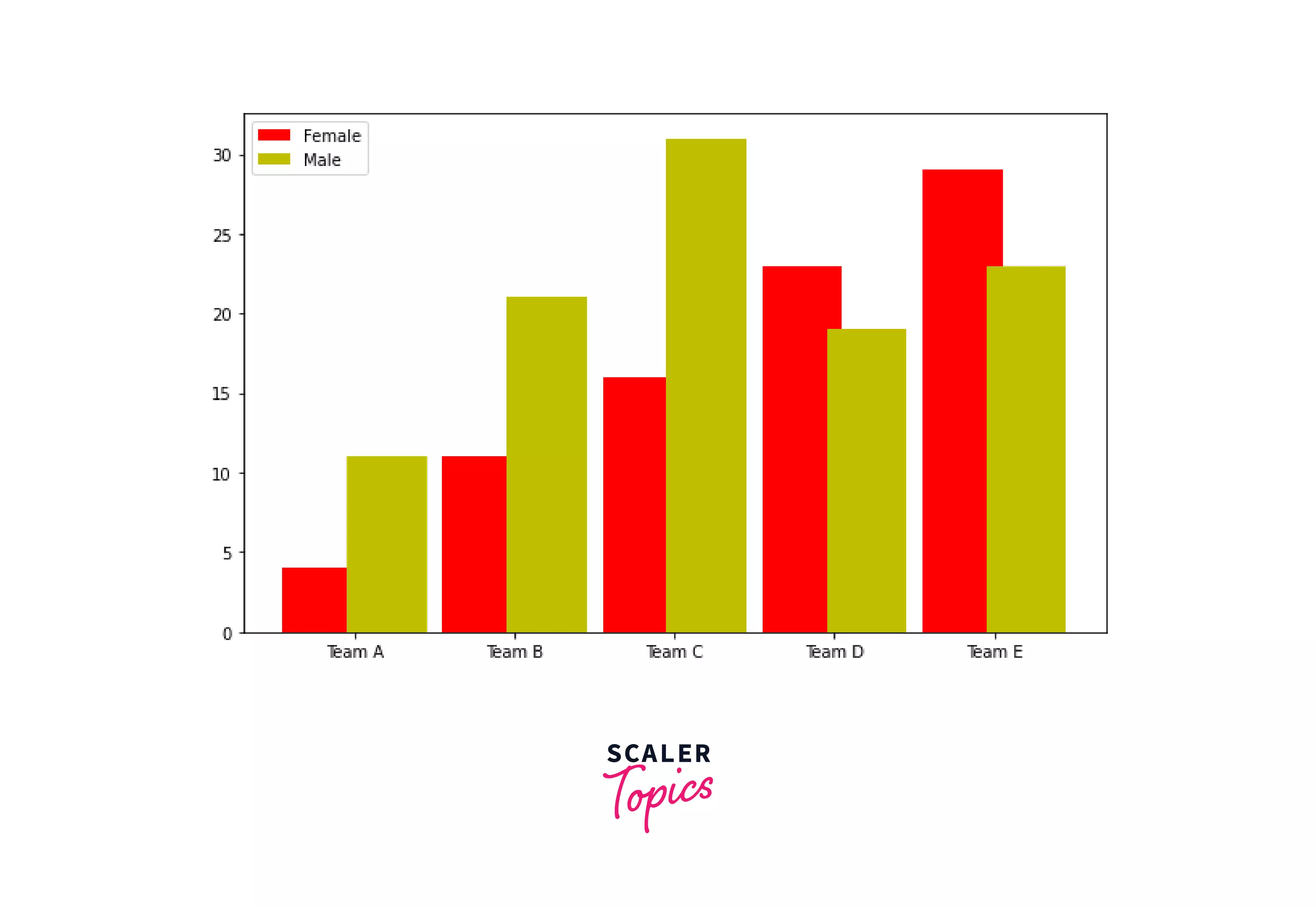Simple Tips About How To Explain Multiple Bar Charts Dash Line Graph

Multiple bar chart shows the comparison of data across multiple variables.
How to explain multiple bar charts. Determine the number of groups, if applicable. On one axis, the category levels are listed. The bar’s various parts are.
In a multiple bar chart, two or three separate bars would be used to represent the data for each year. How to make a bar chart? Determine which category has the highest frequency and which has.
Determine the number of categories. When not to use a bar chart? If your dataset includes multiple categorical variables, bar charts can help you understand the relationship between them.
Held within a single bar. This vital data analysis tool has various use cases across multiple industries. The bar chart visually shows the opening, high, low, and closing prices of a security over a given period.
Judge whether a bar chart or another graph such as a box plot would be more appropriate. Different colored blocks in a bar representing revenue can represent types of sales opportunities. Explore the different types of bar charts and their uses, the pros and cons of.
Use bar charts to do the following: Display a variable function (sum, average, standard deviation) by categories. Here, you will find ways to create a bar chart in excel with multiple bars using insert chart feature, adding variables & converting charts.
Each data value is represented by a column in the graph. Take an office supplies store as an example. A multiple bar graph shows the relationship between different values of data.
Each data value is represented by a column in the graph. A rising tide of mental health problems among teenagers has sent parents, teachers and doctors searching for answers. In a multiple bar graph,.
In a multiple bar graph,. Steps to draw a multiple bar diagram are as follows: A multiple bar graph compares as many sets of data you want.
When to use a bar chart? The image below shows how to read a bar chart. A bar chart or bar graph is a chart or graph that presents categorical data with rectangular bars with heights or lengths proportional to the values that they represent.























